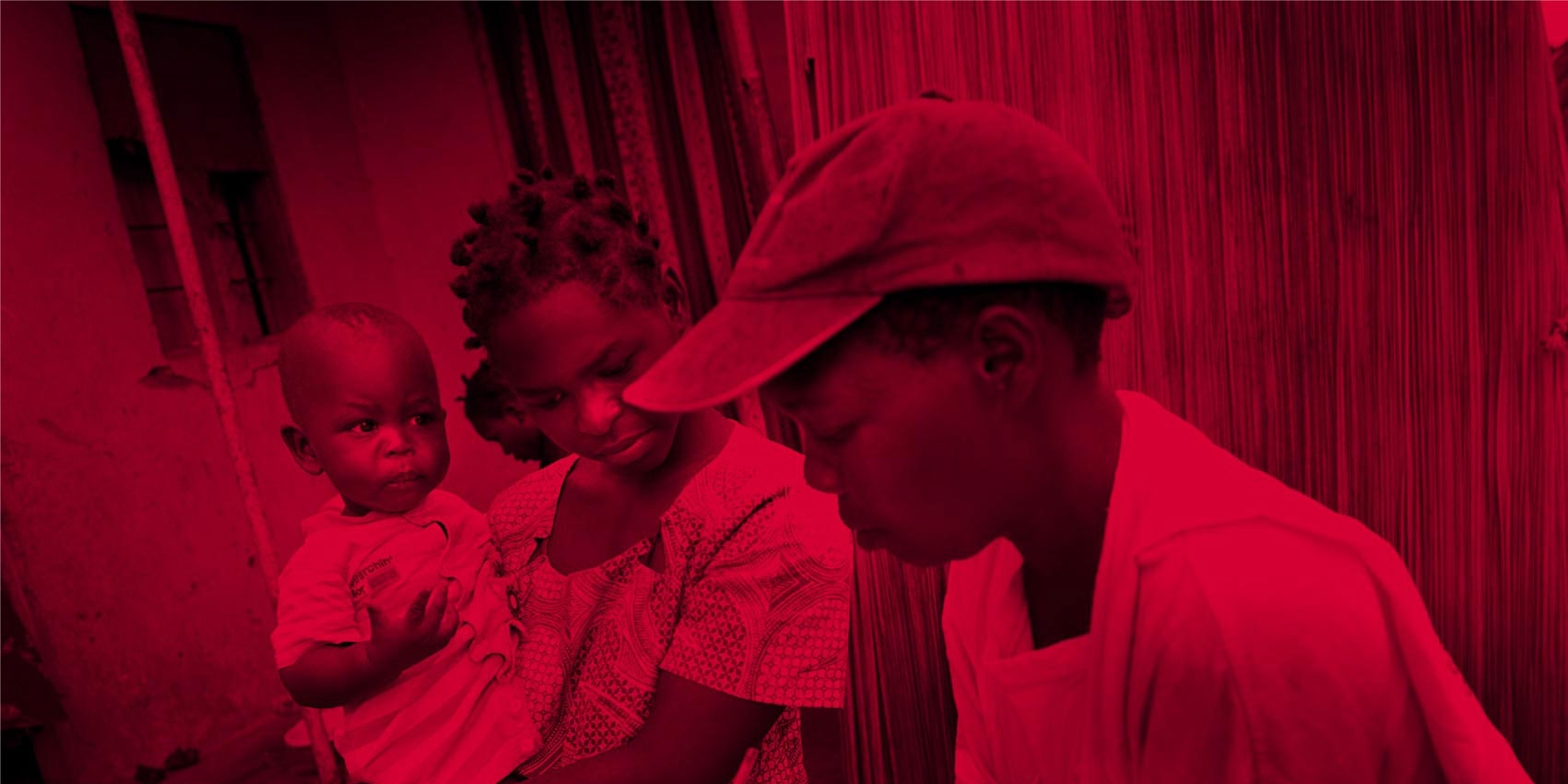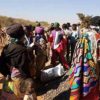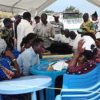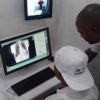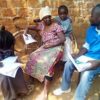08 Jul • Democratic Republic of Congo
[vc_row css_animation=”” row_type=”row” use_row_as_full_screen_section=”no” type=”full_width” angled_section=”no” text_align=”left” background_image_as_pattern=”without_pattern”][vc_column][vc_tabs style=”boxed”][vc_tab title=”Updates from the Field” tab_id=”92f86634-7261-5″]
DRC: HPP-Congo develops targeted active case-finding model to detect TB in hot spots
The main issues addressed by the project were the high number of unidentified TB cases and the stigmatization of TB amongst communities in Ruashi.
14 August, 2019African Regional TB Summit: It’s time for Africa to step up efforts to find all missing people with TB
The African Regional TB Summit took place March 4-6 in Kigali, Rwanda, to review progress and challenges, share best practices and support countries to achieve national and global targets.
03 May, 2019DRC: National TB Program implements intensified TB case-finding approach in Kinshasa
A 4-day “TB Village” was set up in the context of World TB Day to screen, test and diagnose TB amongst the population of 7 health districts.
15 April, 2019DRC: National TB Control Programme screens prisons for TB
Prisoners, prison personnel and TB contacts in 2 provinces were screened using mobile units equipped with chest X-rays and GeneXpert.
26 February, 2019Humana People to People-Congo conducts door-to-door TB screening
Humana People to People–Congo, with the help of 65 community health workers, conducted door-to-door searches for the missing people with TB in the Ruashi mining area.
12 September, 2018Democratic Republic of the Congo (DRC): The Search for the Missing People with TB Intensifies across the Country
The Minister of Health and DRC’s First Lady join forces towards finding the missing people with TB.
15 July, 2018
To find more of its missing people with TB, DRC is implementing a five-prong approach. The country is scaling up and optimizing the use of GeneXpert MTB/RIF and LED microscopy as the initial diagnostic test for TB in five priority provinces, among at-risk populations. DRC is also prioritizing active case finding in major hospitals and HIV testing and treatment centers, and also integrates TB screening of all outpatients in maternal health services. The organization of an efficient network for sample transport is another key area through which the transport of samples shall be strengthened from the HIV testing and treatment centers to GeneXpert sites, from GeneXpert sites to the Provincial Leprosy and Tuberculosis Coordination Units as well as from the Units to the National Reference Laboratory for Mycobacterium. Moreover, a system for electronic feedback of results on smartphones is being established to enable rapid transmission of laboratory results and hence ensure initiation of timely treatment for the patients. DRC is also systematically implementing investigative surveys of contact cases by community outreach workers and plans to screen five contacts for each index case identified among DR-TB patients.[/vc_column_text][/vc_column_inner][/vc_row_inner][/vc_tab][/vc_tabs][/vc_column][/vc_row]










